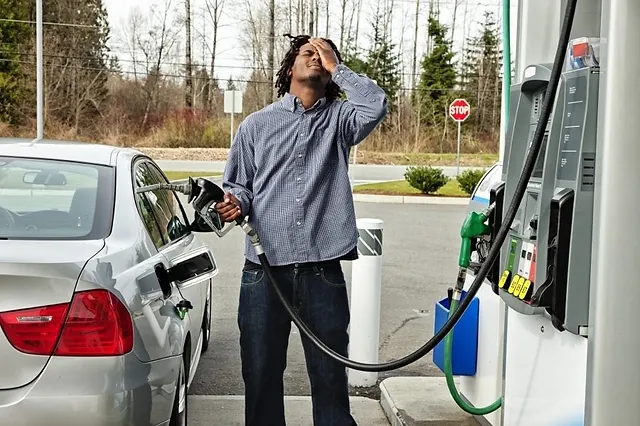Every year, thousands of drivers mistakenly fill their vehicles with the wrong type of fuel. This common mistake can lead to an array of issues for your vehicle and your wallet. Understanding the implications of putting the wrong fuel in a car and the steps to rectify the situation can help minimize damage and stress.
Why Putting the Wrong Fuel Matters
Engine Compatibility:
Engines are meticulously designed to work with specific fuel types. Diesel engines and petrol engines function differently and use fuel with varying properties. Introducing the wrong fuel can disrupt this balance and lead to performance issues or even severe damage.
Potential Damage:
Introducing petrol into a diesel engine is especially problematic. Petrol acts as a solvent, which means it can reduce lubrication, causing metal parts within the engine to come into contact and potentially leading to severe wear and tear. Conversely, diesel in a petrol engine can lead to misfires, smoke, and a significant reduction in performance.
Cost Implications:
If the wrong fuel in a car isn't addressed immediately, it can lead to extensive engine damage requiring costly repairs. The sooner you tackle the issue, the less damage will occur, leading to a more cost-effective resolution.
Steps to Take If You Misfuel
- Don’t Start the Engine: If you realize you’ve filled up with the wrong fuel, avoid starting the vehicle. Keeping the incorrect fuel out of the engine can prevent significant damage.
- Stay Calm and Safe: Park your car in a safe place, away from the pump if you're still at the station. Turn on your hazard lights if necessary.
- Seek Professional Assistance: It’s essential to contact a professional misfuel recovery service to assess and address the situation. They have specialized equipment to safely drain the incorrect fuel and clean the system.
- Notify Your Insurer: Some insurance policies cover damages due to misfuelling. Informing them promptly can ensure you get the necessary support.
Prevention is the Best Measure
While understanding what to do if you misfuel is essential, the best strategy is prevention. Here are some preventative measures:
- Color Code: Diesel and petrol nozzles are often color-coded differently. Pay attention to the color to ensure you're picking the right one.
- Fuel Cap Labels: Check for labels on the fuel cap or inside the fuel door that indicate the correct fuel type.
- Stay Alert: Mistakes often happen when we're distracted or in a rush. Taking a moment to ensure you're selecting the right fuel can save a lot of trouble.
- Consistency: Try to frequent the same fuel stations. Familiarity with a particular station layout can help reduce the chance of mistakes.
Conclusion
Misfuelling can be a stressful and costly experience, but with the right knowledge and prompt action, its impact can be minimized. By understanding the risks and knowing the corrective steps to take, drivers can navigate this common mistake more confidently.



